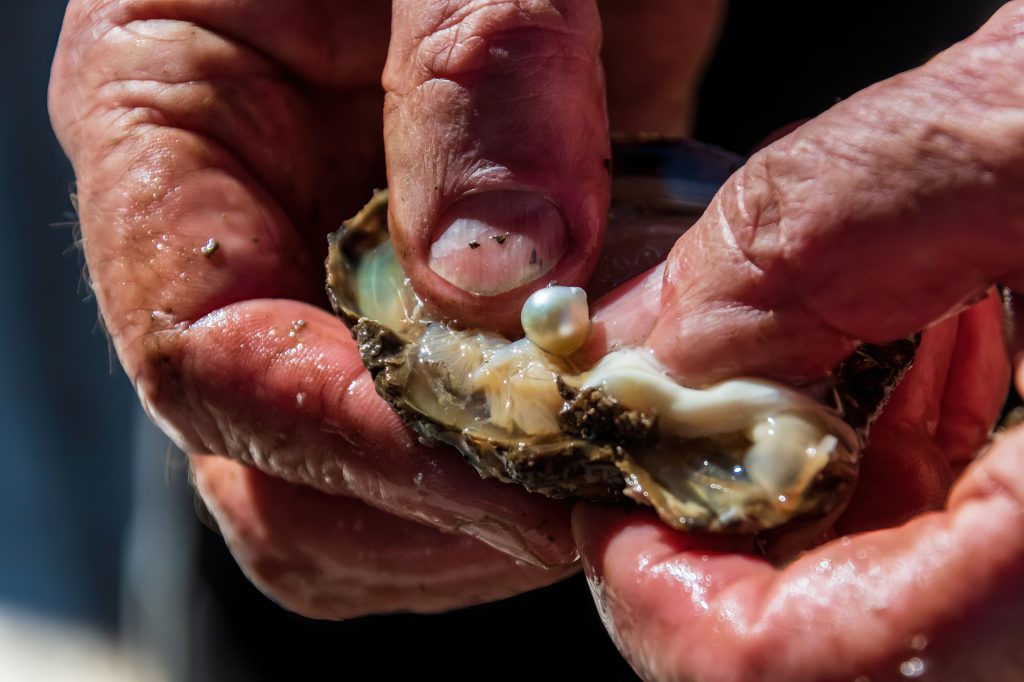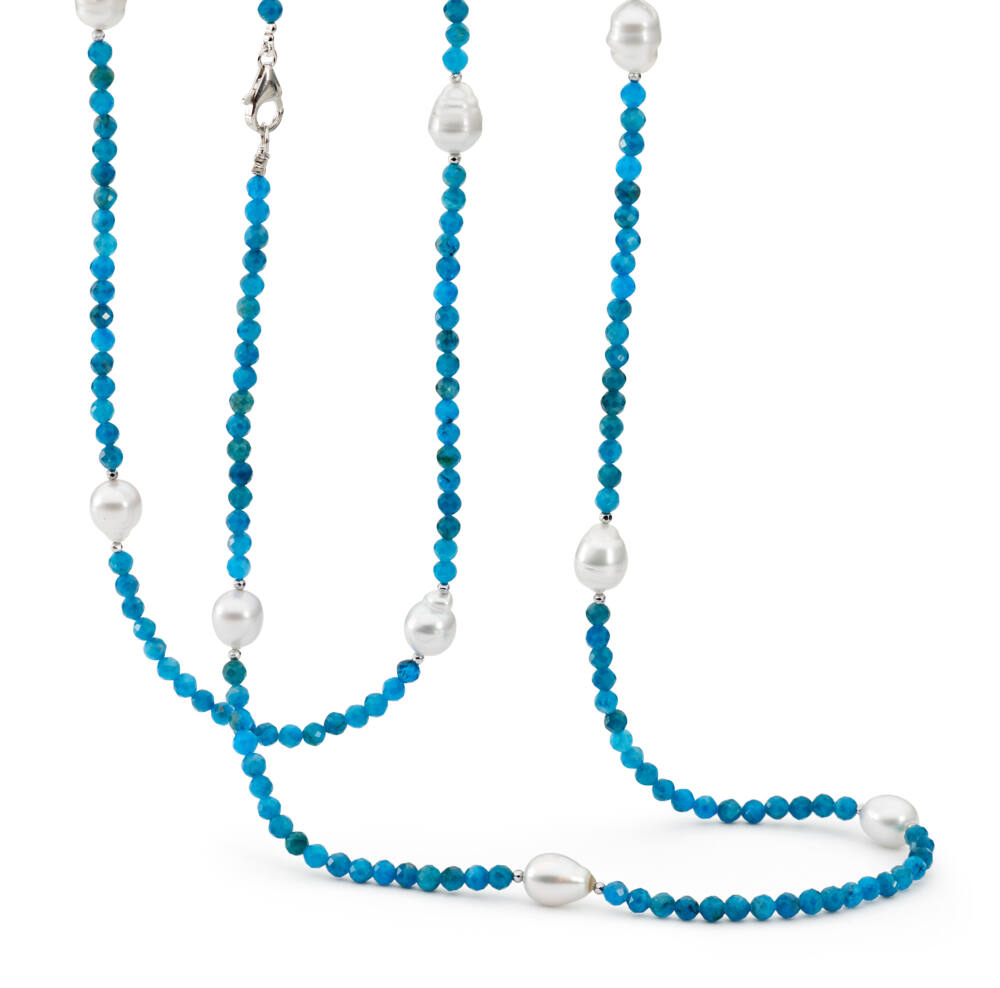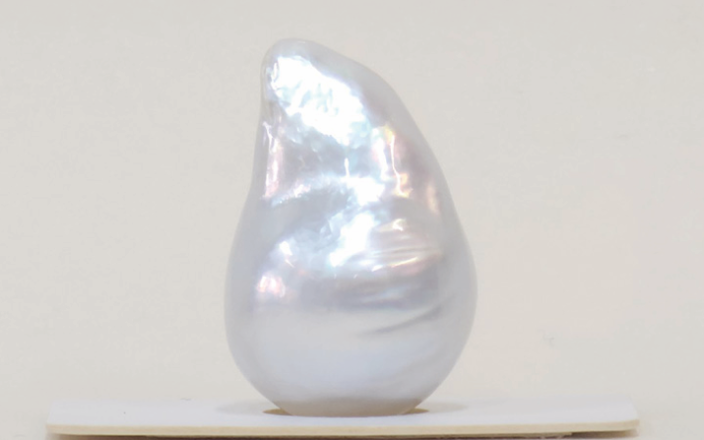The global pearl market, especially within Australia, is experiencing a resurgence driven by a combination of innovation, sustainability, and changing consumer tastes. Australian pearls, revered for their quality and natural beauty, are at the forefront of this evolution. We spoke to leading Australian pearl companies—Devino, Ikecho, and Aquarian Pearls—to gain insights into the trends, challenges, and future of the pearl industry.

The Appeal of Australian Pearls: Quality and Sustainability
Australia is renowned for producing some of the finest pearls in the world, particularly the coveted South Sea pearls. At Devino Pearls, the focus on South Sea and Tahitian pearls is a core part of their business. “We pride ourselves on sourcing only the finest quality saltwater pearls, characterised by their exceptional lustre and unique colour variations,” says Caroline Zingg from Devino. The company is dedicated to maintaining high standards through sustainable practices, collaborating closely with pearl farmers who adhere to environmentally responsible farming techniques. “This ensures the protection of marine ecosystems, a key concern in today’s market,” she adds.

Sustainability is a common thread among leading pearl brands. Ikecho, which offers a wide range of pearls from South Sea to freshwater, is deeply committed to ethical sourcing. “We work with trusted pearl farmers who prioritise environmentally responsible practices, ensuring minimal impact on marine ecosystems,” explains Erica Miller. This emphasis on ethical production aligns with the growing consumer demand for environmentally friendly products. Aquarian Pearls, founded by David Norman echoes this sentiment, noting that their farming suppliers engage in “the highest ethical practices of sustainability,” reflecting the broader industry’s shift towards ecological responsibility.
Rising Demand: Social Media and Younger Consumers
A significant driver behind the pearl market’s recent growth is social media, which has transformed how pearls are perceived and worn. Once seen as reserved for formal occasions or older generations, pearls are now embraced as versatile, stylish accessories for everyday wear. Ikecho credits platforms like Instagram for reshaping consumer perceptions: “Social media has helped us position pearls as stylish and accessible, appealing to a broader, more diverse demographic.” Younger buyers, particularly Millennials and Gen Z, are increasingly drawn to pearls, thanks in part to influencers and celebrities like Harry Styles and Lewis Hamilton sporting them. Aquarian Pearls highlights the impact of high-profile events like the Met Gala, which has showcased pearls in modern, trendy settings. This demographic shift is redefining pearl jewellery design. According to Devino, younger consumers are particularly captivated by “baroque pearls, which offer a distinctive and artistic appeal compared to traditional round pearls.” These irregularly shaped pearls resonate with a modern audience looking for unique, personalised pieces that stand out.

Trends in Pearl Jewellery: Organic Shapes and Gold Accents
As consumer preferences evolve, the demand for innovative and unconventional designs is growing. Ikecho notes a rising interest in natural, organic shapes, with baroque pearls gaining popularity for their individuality. “Baroque pearls offer a modern twist on a classic favourite, appealing to both traditional and contemporary tastes,” they explain. Devino also sees a shift toward personalised, artistic pieces, predicting that “innovative designs will become increasingly prominent in the future.” In terms of materials, there’s a growing trend towards yellow gold settings. Devino has observed a notable increase in demand for yellow gold pearl jewellery, which adds warmth and a luxurious feel to pearl pieces. Meanwhile, Ikecho’s Earth+Ocean Jewellery collection blends pearls with Australian opals, a creative fusion of land and sea that celebrates the country’s natural beauty.
“This collection is a prime example of how we’re integrating natural materials in fresh, innovative ways,” they say.
Global Demand and Supply Chain Challenges
The global pearl market is also influenced by economic factors and shifting international demand, particularly from China. David at Aquarian Pearls notes that the Chinese domestic market has increased its consumption of Australian and Tahitian pearls over the last three years. This growing demand is driving up prices at auctions, creating supply pressures that are felt worldwide. Supply chain challenges, compounded by climate change, are also affecting the industry. Rising sea temperatures and pollution threaten marine environments and pearl cultivation. Devino acknowledges the significant impact of climate change: “Climate change poses a significant threat to marine ecosystems, which can directly affect pearl cultivation and quality.” Pearl farmers are adapting by improving water quality management and exploring resilient oyster species, but the long-term effects of environmental change remain a concern.

Looking Ahead: The Future of Pearls
Despite these challenges, the future of the pearl industry looks bright, with sustainability and innovation at its core. The growing emphasis on ethical sourcing and eco-friendly practices aligns well with today’s environmentally conscious consumers. Ikecho believes that “as sustainability becomes a key purchasing factor, the demand for pearls will continue to rise,” positioning them as a renewable luxury alternative to mined gemstones. Design innovation will also continue to shape the market. Aquarian Pearls emphasises that designers are “experimenting with new and more modern styles of jewellery, blending colours, shapes, and sizes of pearls.” The versatility of pearls ensures their continued appeal, linking us to the ocean and offering timeless elegance that transcends trends. In the next decade, pearls are poised to remain a staple in both Australian and global jewellery markets. With the industry’s commitment to sustainability, the enduring beauty of pearls, and their growing relevance in modern fashion, they are well-positioned to captivate future generations.



